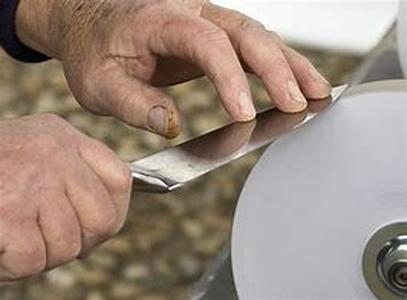
Collectors Often Question Us About Print Numbers - What They Mean And How They Relate To Print Values.To Begin, Lets Take You Back To Elementary School Where You May Have Trimmed A Raw Potato To Create A Design. And Then By Gently Placing The Potato Into Some Paint Or Ink, You Created A Potato Stamp That Could Be Applied To A Piece Of Paper. Result: You Made A Limited Edition Work Of Art.As You Can Well Imagine, The Potato Started To Deteriorate After A Few Such Stampings. Subsequent Prints Lost The Clarity Of The First Few Strikings.Today, Nearly All Of The Limited Editions That Are Produced Can Be Run In Editions Of Hundreds Of Thousands Before Any Deterioration Occurs. Therefore, The Collector Should Be Assured That All Prints From A Run Are Identical Even The Proofs!During The Process, The Paper (or Canvas) Is Printed On Big Presses And Stacked To Dry In Numerous Piles. The Paper Or Canvas Sheets Are Trimmed And Packed For Shipment To The Publisher Where They Are Curated, Signed And Numbered. As You Can Imagine, The Various Steps Make It Impossible To Tell Which Prints Were Printed First.So Why Number At All?Think Of The Print Number As A Serial Or Registration Number Designed To Keep Everyone Honest. If A Print Is Numbered 1521200, That Is Simply The 152nd One Numbered.And While Artists Proofs, Publishers Proofs, Etc. May Cost The Collector More, They, Too, Are From That Identical Run.Also, Keep In Mind That The Artist Seldom Does His Own Numbering. And That The Most Valuable Limited Editions Are Those In Mint Condition...regardless Of The Print Number.Incidentally, Etchings And Woodblock Prints Are Clearer And Sharper At The Beginning Of The Run. Usually Such Prints Are Numbered Sequentially As They Are Produced And Early Strikings May Be More Desired Than Later Strikings.





